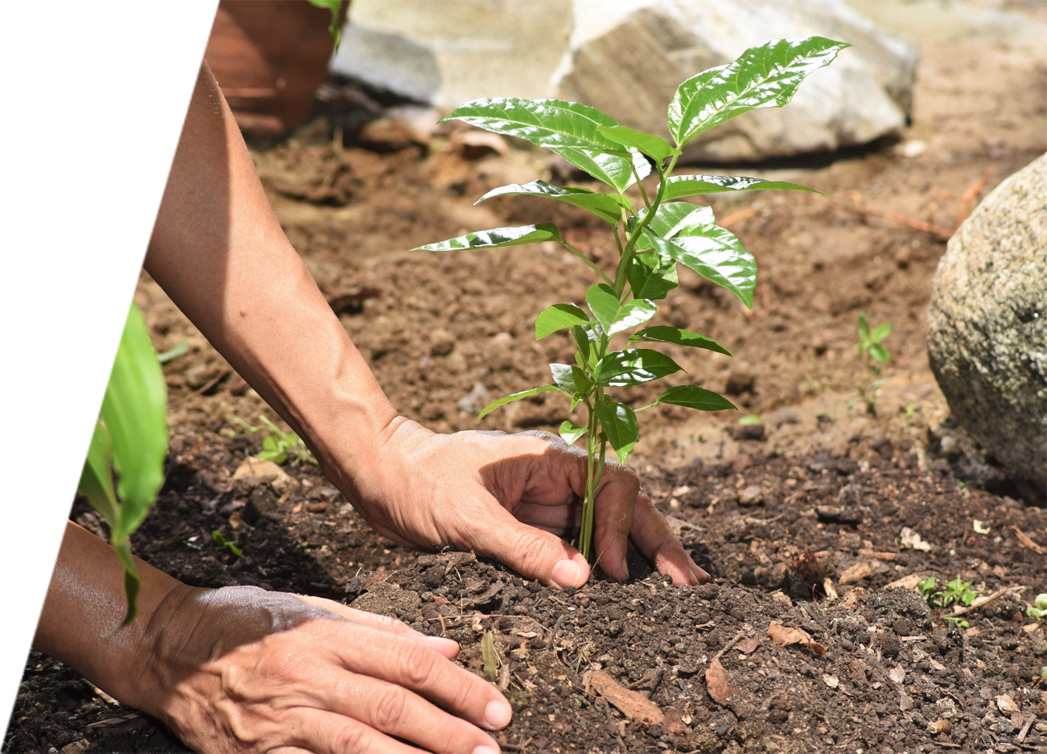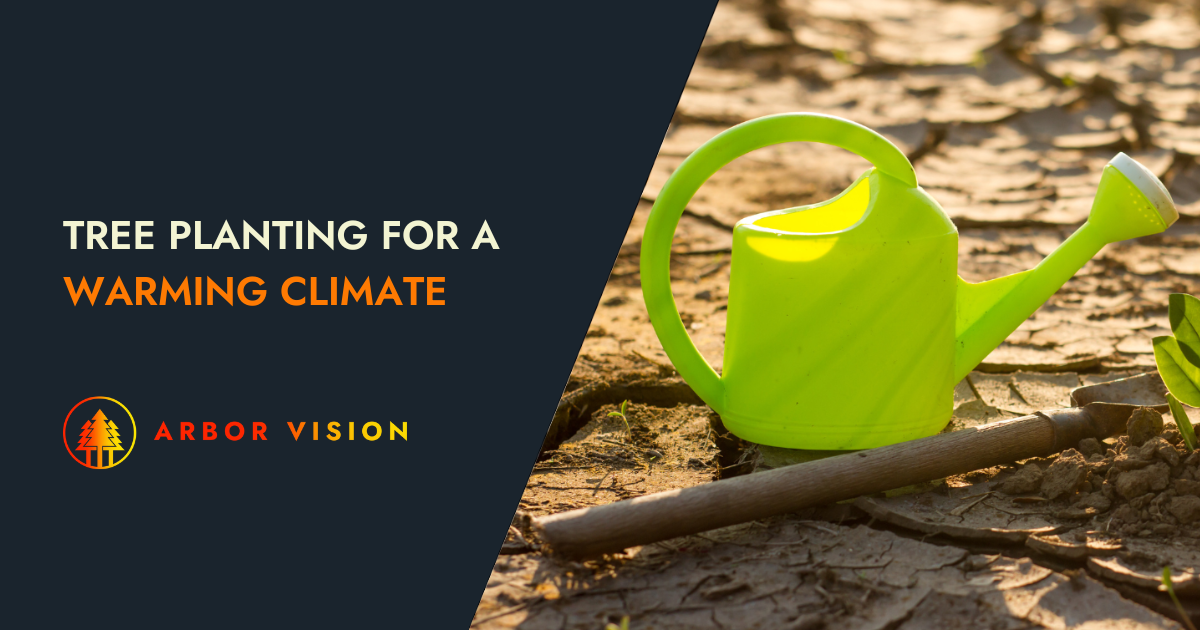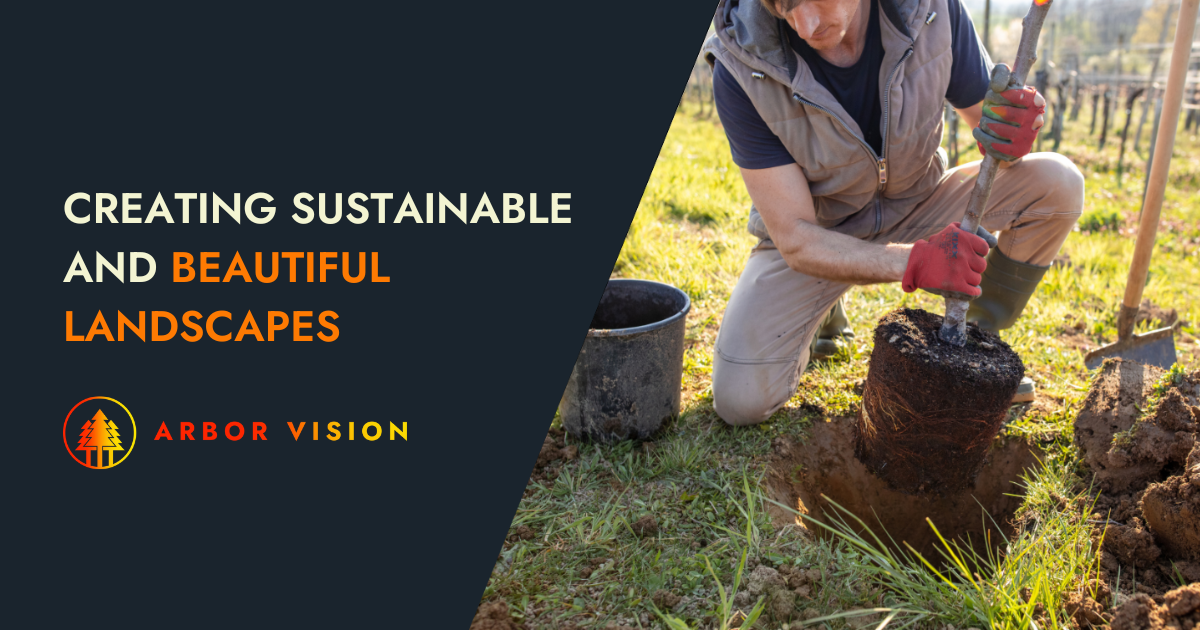It's time to plant smarter.
Share this page:
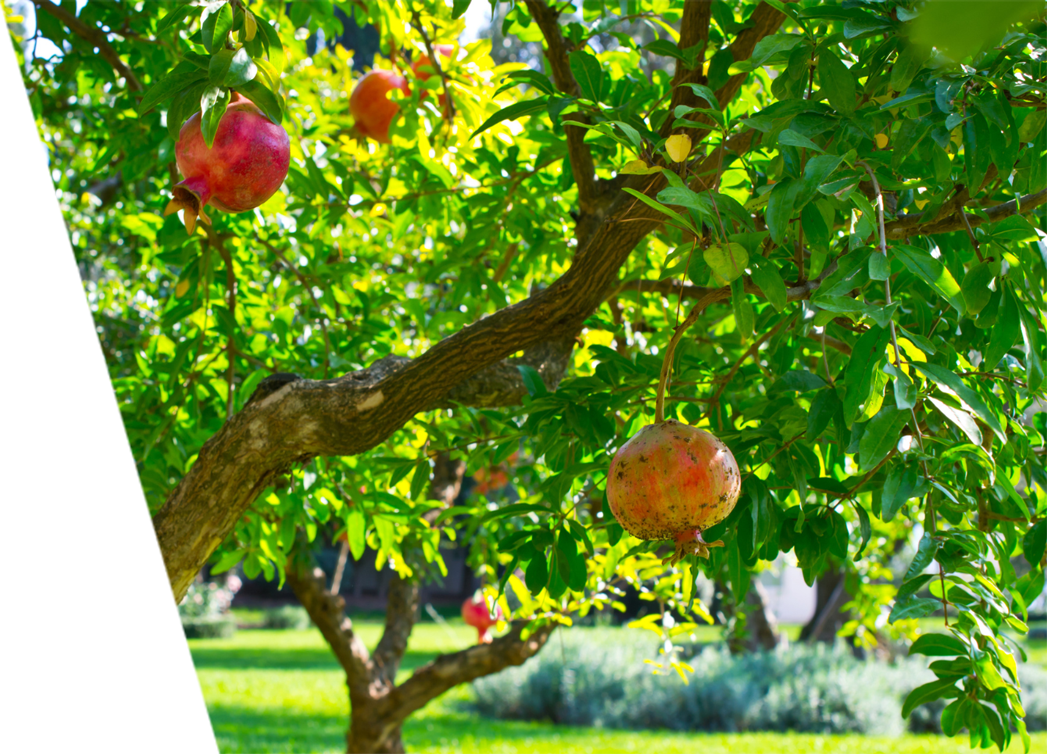
Homeowners and property managers are finding it increasingly difficult to find robust plantings that withstand harsh conditions. With droughts and restrictions on water usage becoming more common in Northern California, it's harder than ever to keep landscaping looking beautiful and safe.
One of the best ways to overcome these challenges is purposeful planting, choosing drought-hardy trees that beautify the environment while remaining hearty and healthy despite dry weather. Here we look at the best drought-tolerant trees perfectly suited to Northern California.
Which Evergreen Trees are Drought Resistant?
Evergreen trees are always attractive as they add various colors, shapes, and sizes. Evergreens are generally excellent water conservers, making them well-suited to the drought-prone San Ramon area. Some excellent choices include:
- Slash pine
(Pinus elliottii): Slash pine has deep green needles and grows in an oval, cone-like shape reaching up to 100 feet at maturity. It is reasonably fast-growing and suited to larger properties or an area where you want to create an organic wall for privacy.
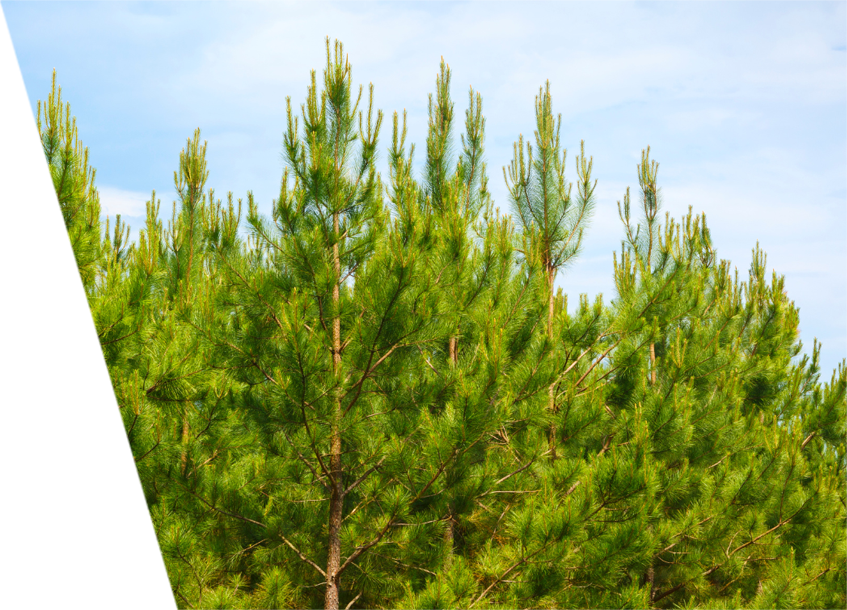
- Shortleaf pine (Pinus echinata): This medium-sized pine is also fast-growing, reaching up to 70 feet. Its iconic "Christmas Tree" shape and nostalgic scent are a stimulating addition to any property offering a protective wind barrier. Its dark bluish-green to yellowish-green needles and reddish pine cones attract local birds.
- Pitch pine (Pinus rigida): This fire-resistant tree averages 40 to 70 feet, ideal for privacy and hedges. It has a "shaggier" look than the more refined globe or pyramid-shaped pines used in landscaping, with branches and trunks that tend to droop and twist. Needles are initially yellow-green, turning dark green as the needles mature. The reddish-brown bark turns almost black at maturity.
- Loblolly pine
(Pinus taeda): This highly adaptable disease-resistant tree is a
popular choice for landscapers with its notably straight trunk and fast growth reaching up to 100 feet. Its yellow to dark green needles make a lovely contrast with the reddish, textured bark.
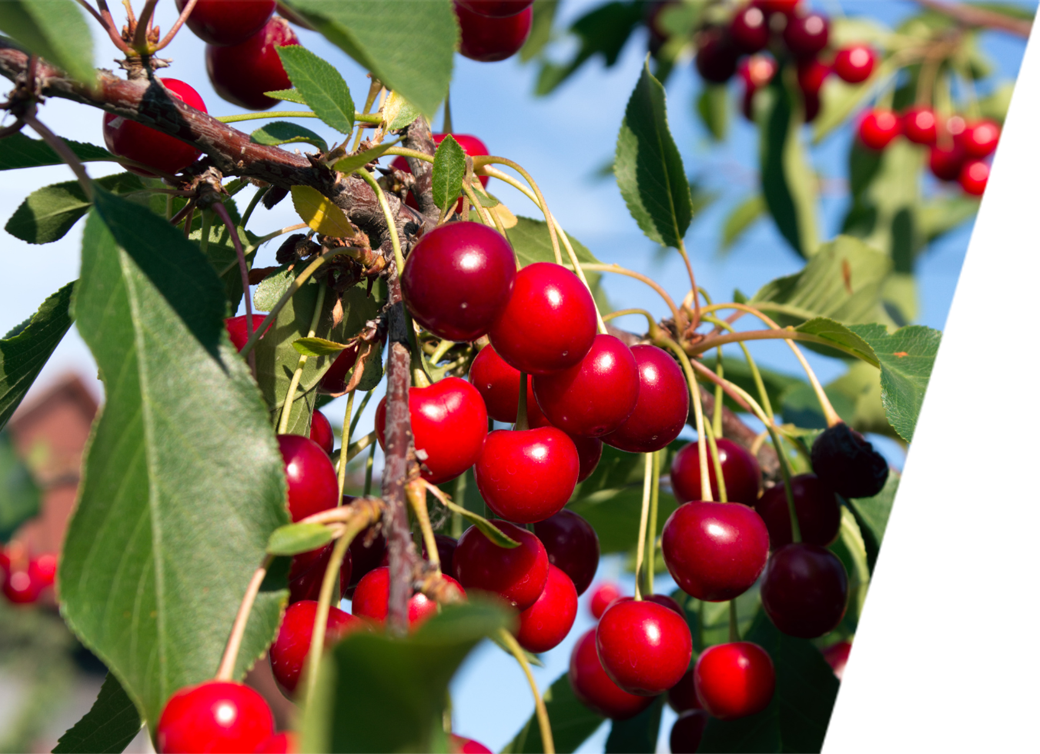
What Fruit Trees Are Drought Tolerant?
Two drought-tolerant fruit trees are common in the San Ramon area. They are:
- California cherry tree (Prunus ilicifolia): Native to the region, this tree is quick to establish, reaching up to 40 feet in height and 20 feet in width. Ideal for full to partially-shaded areas, they produce pretty white blossoms but be wary of the fruit, which can stain hardscaping. They are best planted adjacent to lawns.
- Pomegranate tree (Punica granatum): If you want drought-tolerant small trees, the showier pomegranate only reaches about 20 feet. It produces brilliant red blossoms and fruit, stunning against its vibrant foliage.
What Drought-Tolerant Trees are Fast Growing?
There are several fast-growing trees to choose from, including:
- California sycamore tree (Platanus racemose): The classic California tree, sycamores quickly create stunning canopies transforming full sun areas into peaceful shady spots. Just keep in mind the trees have aggressive roots.
- California white oak tree (Lobata): The California white oak grows an average of two feet per year, reaching 40 to 70 feet and living for over 200 years.
- Heritage river birch (Betula nigra): If you want a low-maintenance tree, this disease-resistant birch grows about 3 feet yearly and reaches 25 to 40 feet. Known for its distinct peeling salmon-pink to reddish brown bark, it is a lovely addition to refined landscapes.
- American red maple
(Acer rubrum): This stunning tree is known for its bright red autumnal display. It is a showstopper, growing three feet each year with heights of up to 60 feet and shade-providing widths of up to 45 feet.
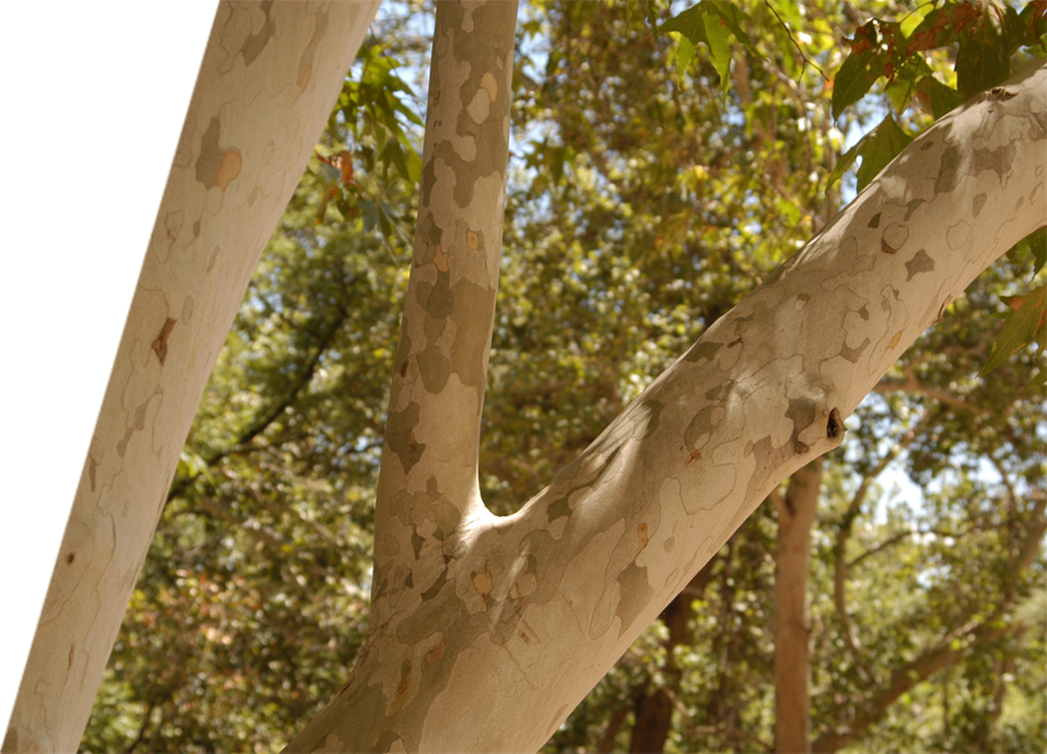
What is the Most Drought-Tolerant Tree?
Evergreen trees can often survive without water due to their deep roots. The
cypress tree is an excellent choice for landscaping as they are ideal for blocking local noise while providing a natural wind barrier to protect your property and yard from damage.
What Tree Requires the Least Amount of Water?
Because there are so many choices, it's easiest to consider Southwest Trees native to California. They've had time to evolve in the area, so they are used to drought conditions and have adapted to thrive with little moisture. This would include trees such as Mesquite and Palo Verde.
What is the Best Drought-Tolerant Shade Tree?
We've already mentioned several shade trees. However, other choices include:
- Hackberry
(Celtis occidentalis): This is a less commonly planted tree but a lovely addition to any landscaping scheme in need of shade. A favorite of in-the-know
tree planting services, the hackberry produces small, dark red drupes that mature to a dark purple by mid-autumn, offering a distinct contrast to the spear-shaped green leaves. A small fruit provides color throughout the winter.
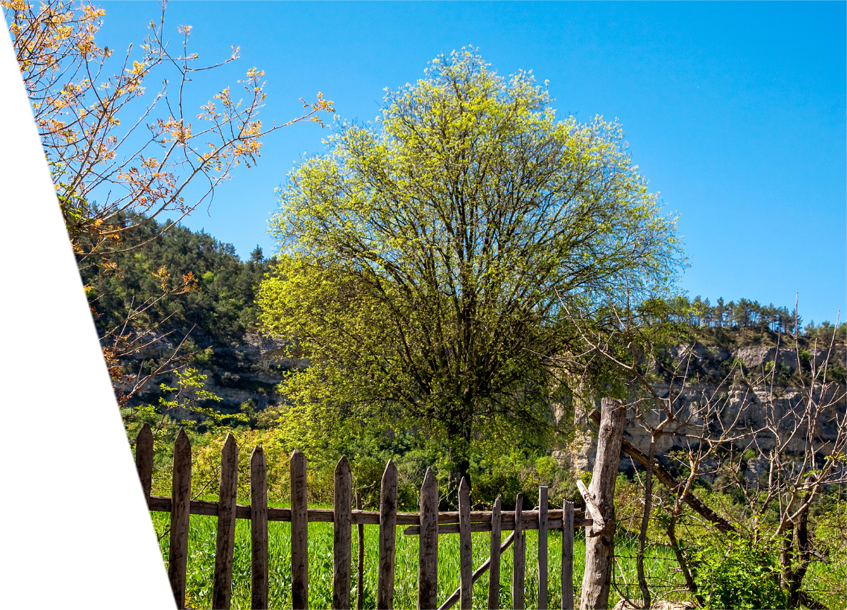
- London Planetree (Platanus x acerifolia): Known as the "urban tree" due to its pollution tolerance, the London Planetree has a unique cream-colored inner bark exposed as the red-brown outer layer exfoliates. It also has attractive large leaves with unexpected pale undersides. This tree grows up to 100 feet tall and can provide shade with a full spread of up to 80 feet.
- Shumard Oak (Quercus shumardii): This tree has it all: Fast growth, drought resistance, stunning fall colors, and a height of up to 60 feet.
- Eastern Redcedar (Juniperus virginiana): This dense medium green cedar has a pleasing pyramid shape providing protection from the sun and wind. It also attracts birds to its gray or bluish-green berry-like pine cones. They are also manageable in height, reaching 40 to 50 feet.
Incorporating trees in your landscaping scheme provides many benefits. They keep the property cooler, provide relaxing shade, help reduce erosion, and protect properties from the wind. When planted in rows, they also add a natural wall for privacy while helping to purify the air and providing a home for local birds.
Need Help
Choosing
and Planting Trees?
If you're looking to add some trees to your property in the San Francisco East Bay area, the experts at Arbor Vision, Inc. can help. We're a tree planting service based in San Ramon, and we can help you
choose and plant the best trees for your property. Learn more about our services
here.
Share this page:
